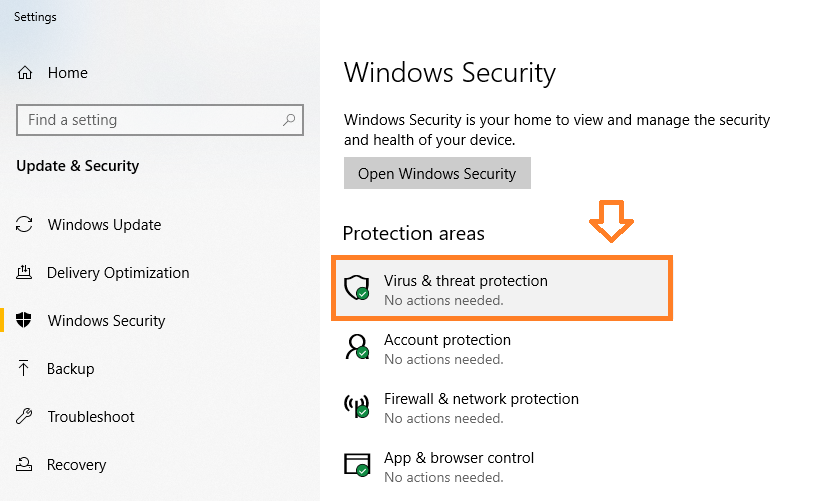
Install Microsoft Defender Antivirus on Windows Server Run the following PowerShell cmdlet: Install-WindowsFeature -Name Windows-Defender-GUIįor more information, see Getting Started with PowerShell. On your Windows Server, open Windows PowerShell as an administrator.Ģ.

When you get to the Features step of the wizard, under Windows Defender Features, select the GUI for Windows Defender option.ġ. See Install roles, role services, and features by using the add Roles and Features Wizard, and use the Add Roles and Features Wizard.Ģ. Turn on the GUI using the Add Roles and Features Wizardġ. To install the GUI, use one of the procedures in the following table: Procedure However, many organizations prefer to use the GUI for Microsoft Defender Antivirus. The GUI isn't required you can use PowerShell, Group Policy, or other methods to manage Microsoft Defender Antivirus. Sometimes, the user interface (GUI) is installed by default. If you're using Windows Server 2012 R2, see Options to install Microsoft Defender for Endpoint.īy default, Microsoft Defender Antivirus is installed and functional on Windows Server. (Only if necessary) Set Windows Server to passive mode.Įnable the user interface on Windows Server.(As needed) Configure automatic exclusions.Update your antimalware Security intelligence.Verify Microsoft Defender Antivirus is running.The process of setting up and running Microsoft Defender Antivirus on Windows Server includes the following steps: Setting up Microsoft Defender Antivirus on Windows Server Windows Server 2012 R2 (Requires Microsoft Defender for Endpoint).Microsoft Defender Antivirus is available in the following editions/versions of Windows Server: Microsoft Defender Antivirus on Windows Server


 0 kommentar(er)
0 kommentar(er)
